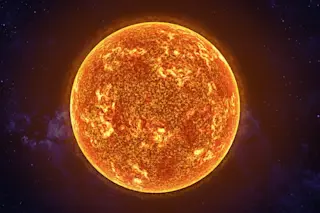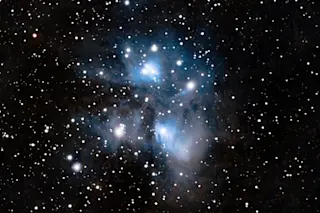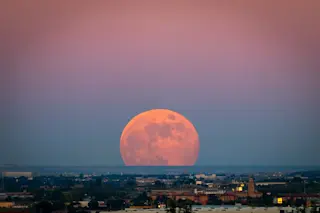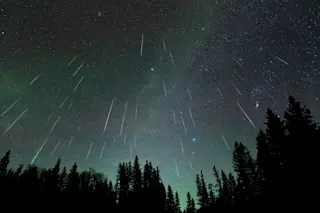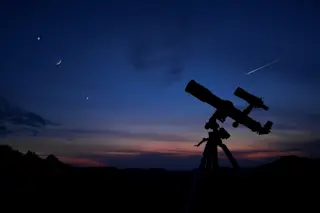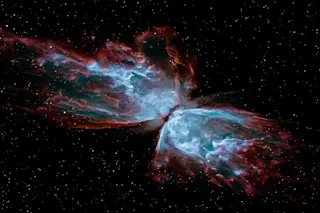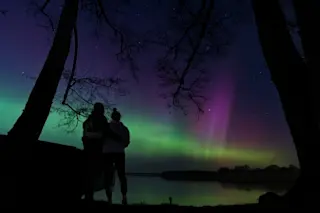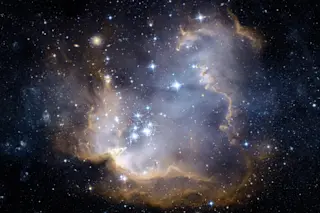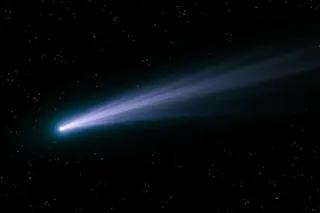If you ask most skygazers to name their favorite meteor shower, the odds are good that “Perseid” will be the first word out of their mouths. This annual shower seemingly has it all: It offers a consistently high rate of meteors year after year; it produces a higher percentage of bright ones than most other showers; it occurs in August when many people take summer vacation; and it happens at a time when nice weather and reasonable nighttime temperatures are common north of the equator. No other major shower boasts all four of these attributes. In a typical year, observers under a clear dark sky can expect to see up to 100 meteors per hour. Astronomers think we may be in for an even better show this year, however. The Perseids begin as tiny specks of dust that hit Earth’s atmosphere at 37 miles per second, vaporizing from friction with ...
Perseid Meteor Shower, the Best in 20 Years, Peaks This Week
Experience the Perseid meteor shower this August for spectacular views of up to 150 meteors per hour under dark skies.
More on Discover
Stay Curious
SubscribeTo The Magazine
Save up to 40% off the cover price when you subscribe to Discover magazine.
Subscribe

